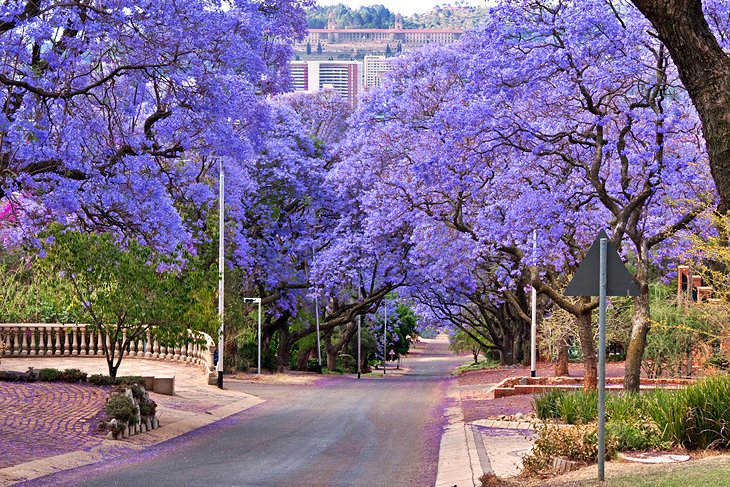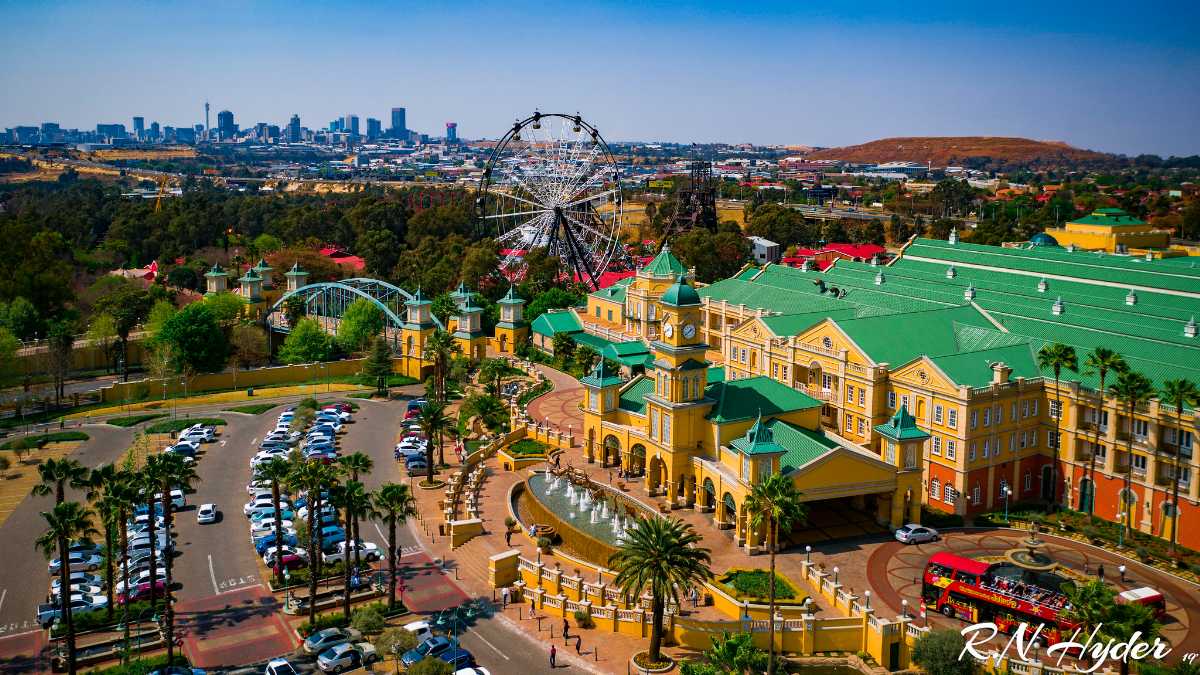What Does Johannesburg North Attractions Do?
What Does Johannesburg North Attractions Do?
Blog Article
The 5-Minute Rule for Johannesburg North Attractions
Table of ContentsRumored Buzz on Johannesburg North Attractions5 Easy Facts About Johannesburg North Attractions ShownJohannesburg North Attractions Things To Know Before You Get ThisWhat Does Johannesburg North Attractions Do?Examine This Report on Johannesburg North AttractionsA Biased View of Johannesburg North Attractions
The city owes its area to the visibility of an also more priceless source: gold. The city grew on the edge of the Witwatersrand Key Reef, a subterranean stratum of gold-bearing quartz-silica conglomerate that arcs for thousands of miles underneath the Highveld. The majority of the gold mines in the city ceased procedure in the 1970s, however in its day the Witwatersrand gold industry made up even more than 40 percent of the world's yearly gold manufacturing.Johannesburg has a temperate environment. Summer temperature levels balance about 75 F (24 C); winter temperature levels average about 55 F (13 C) and only periodically dip listed below freezing. The city appreciates regarding 8 hours of sunlight daily in both winter season and summer. Rain averages about 28 inches (700 millimetres) per annum, yet the total differs considerably from year to year.
What rain the city receives falls nearly specifically in the summer months, typically in spectacular late-afternoon electric storms., where several locals still depend on coal for gas.

Rumored Buzz on Johannesburg North Attractions
The equilibrium of the city is inhabited by whites. Holiday accommodation varies in character and high quality.
Physical growth, although somewhat limited by transportation, continued rapidly as immigration to South Africa, and Johannesburg in particular, enhanced drastically.
Most inadequate residential areas were combined, with inadequate blacks and whites cohabiting, although the well-off suburbs were usually reserved for whites. This transformed with the political election of the National Event in the 1948 political elections, that started to formalise the system called apartheid. Apartheid formally marked which suburbs each race could stay in under the Group Areas Act.
The previous system of eleven phoned number regions was reorganised in 2006. Marshalltown, as seen from the top of the Carlton Centre. The M1 and M2 run behind the structures, and the southern suburban areas expand past the highway border. The central city of Johannesburg lies within the city's Region F. The number of individuals living in the internal city on an informal basis is unidentified, as numerous are unlawful immigrants. The unemployment, education and learning, and age accounts of the area are all unidentified, due to the difficulty of acquiring reputable details about the area.
6 Easy Facts About Johannesburg North Attractions Explained
Yeoville and Bellevue have a mix of apartment or condo structures and solitary domestic units on small lots. The area lies on a mountainous divide that runs from eastern to west. The most noticeable geographical attribute is Observatory Ridge, which is named for the big observatory located on it. The entertainment rooms are no longer utilized, because of safety issues.

Facts About Johannesburg North Attractions Revealed
R. Tambo International click to read more Airport). The eastern suburbs are several of the oldest areas of Johannesburg, there are large areas of Jewish and other European backgrounds, the bulk of the populace is English speaking. There are 3 golf links in addition to a number of safeguarded ridges with viewsites. There are a number of strong and up-market amusement and shopping areas in the eastern such as the Eastgate Buying Centre and the Greenstone purchasing centre.
Originally developed to house male migrant employees, lots of have been enhanced as houses for pairs and families. The residential area was not historically enabled to develop work centres within the location, so virtually all of its residents are commuters to other parts of the city.
Johannesburg North Attractions - The Facts
The N1 Western Bypass connects the north residential areas with the north-western suburban areas. The suburbs in the north suburban areas are primarily formal, without considerable areas of casual housing, or housing that does not have a permanent framework. This is an established area, there is a fad of land use adjustment from property to commercial, particularly along main arterial roadways and around established nodes.
Roadways to the east and west are much less well created, as there are no freeways travelling in that instructions. next page In the direction of the north boundary of the city, the density of advancement reduces, leaving big locations of untaught land around Midrand.
Johannesburg North Attractions Fundamentals Explained
The very first suburban area to the north of the inner city is Parktown, which lies on a hill neglecting the central city and Hillbrow. It has many wealthy homeowners and Edwardian-design estates, in have a peek at this site addition to the Education and Medical universities of the College of the Witwatersrand. The big concrete Charlotte Maxeke Johannesburg Academic Healthcare Facility controls the skyline of Parktown.
Report this page